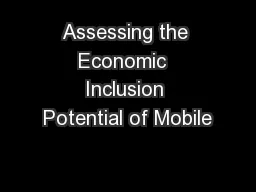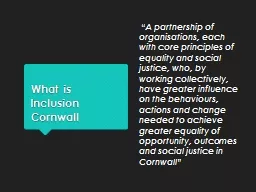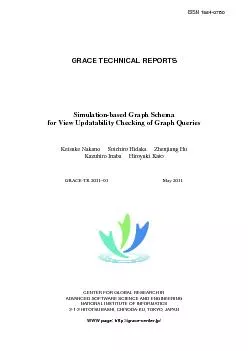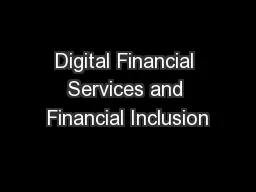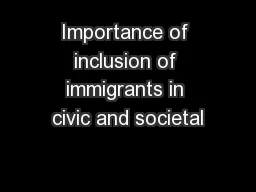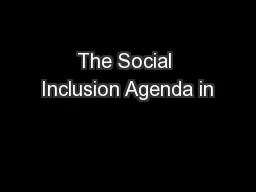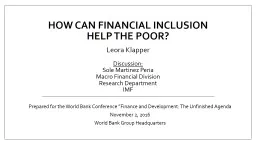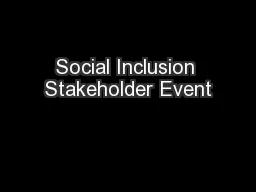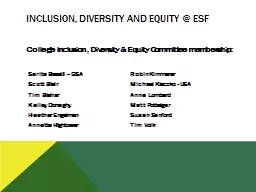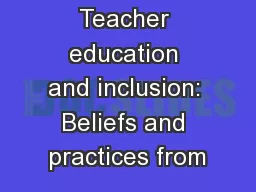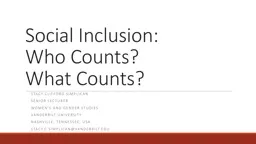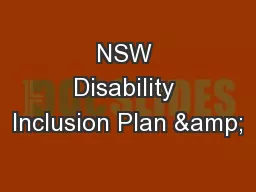PPT-Assessing the Economic Inclusion Potential of Mobile
Author : faustina-dinatale | Published Date : 2018-09-24
Financial Services Susan Burhouse Matthew Homer Yazmin Osaki Michael Bachman April 24 2014 Assessing the Economic Inclusion Potential of Mobile Financial Services
Presentation Embed Code
Download Presentation
Download Presentation The PPT/PDF document "Assessing the Economic Inclusion Potent..." is the property of its rightful owner. Permission is granted to download and print the materials on this website for personal, non-commercial use only, and to display it on your personal computer provided you do not modify the materials and that you retain all copyright notices contained in the materials. By downloading content from our website, you accept the terms of this agreement.
Assessing the Economic Inclusion Potential of Mobile: Transcript
Download Rules Of Document
"Assessing the Economic Inclusion Potential of Mobile"The content belongs to its owner. You may download and print it for personal use, without modification, and keep all copyright notices. By downloading, you agree to these terms.
Related Documents

